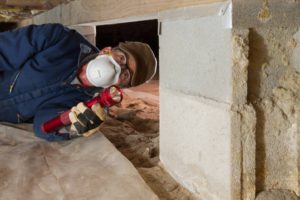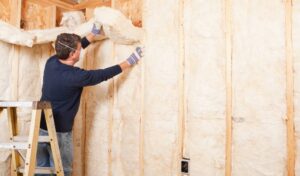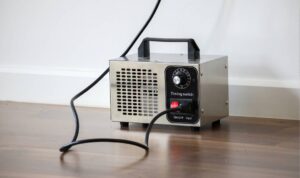Roof rats, are the smaller counterparts of the commensal rat family, with the Norway rat being their larger counterpart. These creatures, often called black rats or ship rats, are aptly named due to their preference for seeking shelter in the upper portions of buildings. However, beyond their nesting habits, roof rats are known for their destructive tendencies, as they gnaw through materials, contaminate stored food, and serve as potential carriers of dangerous diseases.
Roof rats are believed to have originated in Southeast Asia, but their presence has since spread worldwide, particularly in tropical regions. In the United States, they are commonly found in coastal states, seaports, and the southern third of the country.
Identification of Roof Rats
Physical Characteristics:
- Roof rats are slender rodents with large eyes and ears, a pointed nose, and a distinctive scaly tail.
- Their fur is soft and typically brown with intermixed black spots. The undersides of roof rats are usually white, gray, or black.
- Adult roof rats measure between 6 to 8 inches in total length, including their head and body, with even longer tails, ranging from 7 to 10 inches.
- They typically weigh 5 to 9 ounces but can reach up to 12 ounces.
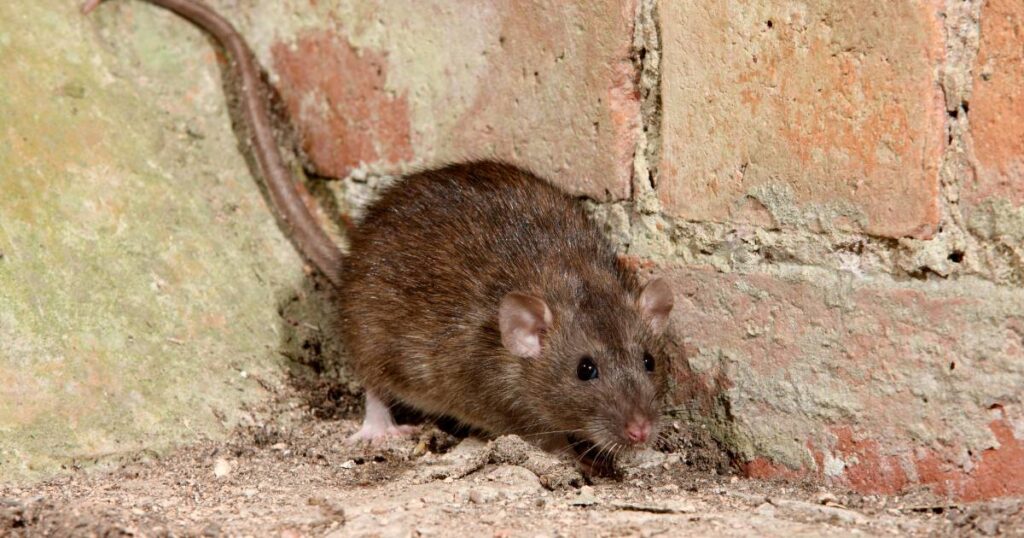
Signs of Roof Rat Infestation
Detecting a roof rat infestation involves observing several telltale signs:
- Sightings of live or dead rodents.
- Fresh roof rat droppings are soft and moist, while older ones are hard and dried. These droppings are typically around ½ inch in size with pointed ends.
- Gnaw marks on various materials, damaged goods, nests, or greasy rub marks.
- Noises in the attic or walls and damaged electrical wires.
Preventing Roof Rat Infestations
- To thwart a roof rat infestation, here are some proactive steps to take:
- Seal holes or cracks with silicone caulk, and ensure windows and vents are screened. In many cases you should order a professional pest control service.
- Keep trees trimmed away from buildings and remove overhanging limbs from the roof.
- Properly dispose of fallen fruits from trees in your yard and secure garbage covered.
- Store pet food and dry goods in sealed containers.
- Eliminate outdoor water sources like leaky sprinklers, pet water dishes, and birdbaths.
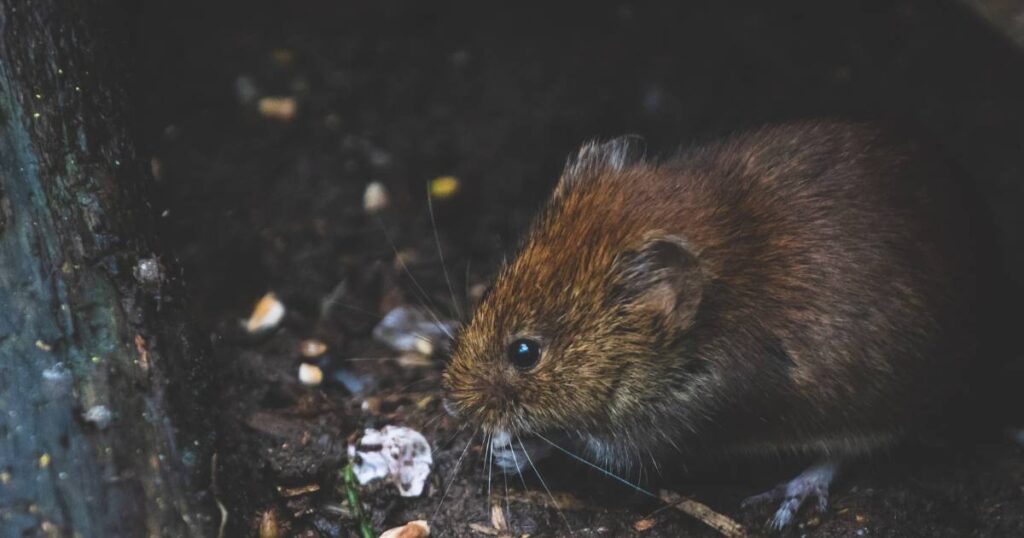
Dietary Preferences of Roof Rats
Roof rats are omnivorous creatures with a broad palate. Their diet includes:
- Seeds, nuts, fruits, and berries (preferably when in season).
- Slugs and snails can become a significant part of their diet.
- Insects, such as American and brown cockroaches.
- Aquatic organisms like fish and shellfish if they reside near bodies of water.
Roof rats feed at dawn and dusk, foraging several times at night and day. They are known for their food-hoarding behavior, stashing supplies like nuts and seeds. When feeding, they prefer sheltered or concealed environments.
Habits and Habitat of Roof Rats
Roof rats exhibit several distinctive habits and preferences:
- They are primarily nocturnal and thrive in cooler weather.
- Roof rats forage for food in small groups, returning to the same food sources repeatedly, following established pathways.
- They often nest in the upper parts of buildings, such as attics and rafters. Keep proper attic insulation.
- Roof rats are highly adaptable and can survive in various environments.
- Their choice of habitats includes lush landscapes, dense vegetation, and properties with abundant fruit trees.
- Roof rats enter structures through any access point larger than a nickel, including pipes, or by gnawing through materials like drywall, aluminum siding, and wood.
Health Concerns and Threats
Roof rats are historically associated with the spread of bubonic plague, though such transmission is rare today. However, they still pose health threats by carrying fleas and diseases like typhus, rat-bite fever, trichinosis, and salmonellosis. These rodents can also contaminate food and food preparation surfaces, causing food poisoning.
Roof rats may display aggression when threatened and can transmit diseases through bites or scratches. Symptoms of rat-bite fever include headache, vomiting, and muscle and joint pain.
Understanding their habits, identifying infestations, and taking preventive measures are crucial for maintaining a pest-free environment and safeguarding your health and property. If you suspect a roof rat infestation, it’s advisable to consult a licensed pest control professional for inspection and a customized treatment plan like Attic Crew – Your Rodent Proofing Experts.

